Assignment 4
Mona Jalal
CS585
Problem Definition
Tracking images of bats and fish using optical flow and kalman filter. This problem is known as multi-object tracking. Also, this programming
assignment provided me with an opportunity to learn what are the available algorithms and code repositories frequently used
for the task of multi-object tracking. Trajectory lines are shown as for object tracking to show the object movement trail in the frames.
Methods and Implementation
I have used OpenCV 3.3.0 and Anaconda Python 3.6.2. I have used Tomas-Shi corner detection to detect the good features
to track for sparse optical flow in the first frame of the video and additionally I have also used dense optical flow. I have investigated and experimented with Kalman Filter for object tracking.
I have used ffmpeg command in Unix to convert the JPG and PPM image sequences to AVI video format to feed into VideoCapture method in cv2. I also used the
cv2.VideoWriter method for creating a video out a sequence of images however seems that caused problems with optical flow and
converting images to video using FFMPEG is a more reliable solution.
Side-note: This page is compatible with Google Chrome.
Experimental results
From the results it can be understood that optical flow works really well on the fish dataset and not very well on the bat dataset.
For the bat dataset kalman filter works really great. My understanding is that due to sudden joining of the bats to the scene, optical flow
is unable to grab their good features because in my implementation, good features rely on the first frame.
One thing that we can discuss is using optical flow is definitely better than something like meanshift algorithm because in meanshift you have to
select the bounding box for each object that you want to track in the first frame and also you need to have very smooth movements in order to track them using
meanshift algorithm. As we see with sparse optical flow, if a sudden movement happens, the tracking trail is longer (shows the acceleration) and if a slow short
movement happens the tracking trail is short.
Thomas-Shi Corner Detection
Harris corner detection uses the following formula:

While Thomas-Shi corner detection uses this other version of the formula:

Thomas-Shi corners are detected using the OpenCV method cv2.goodFeaturesToTrack(). As seen in the below images, Thomas-Shi corner detection works quite well for fish dataset and doesn't work very
well for the bats dataset.
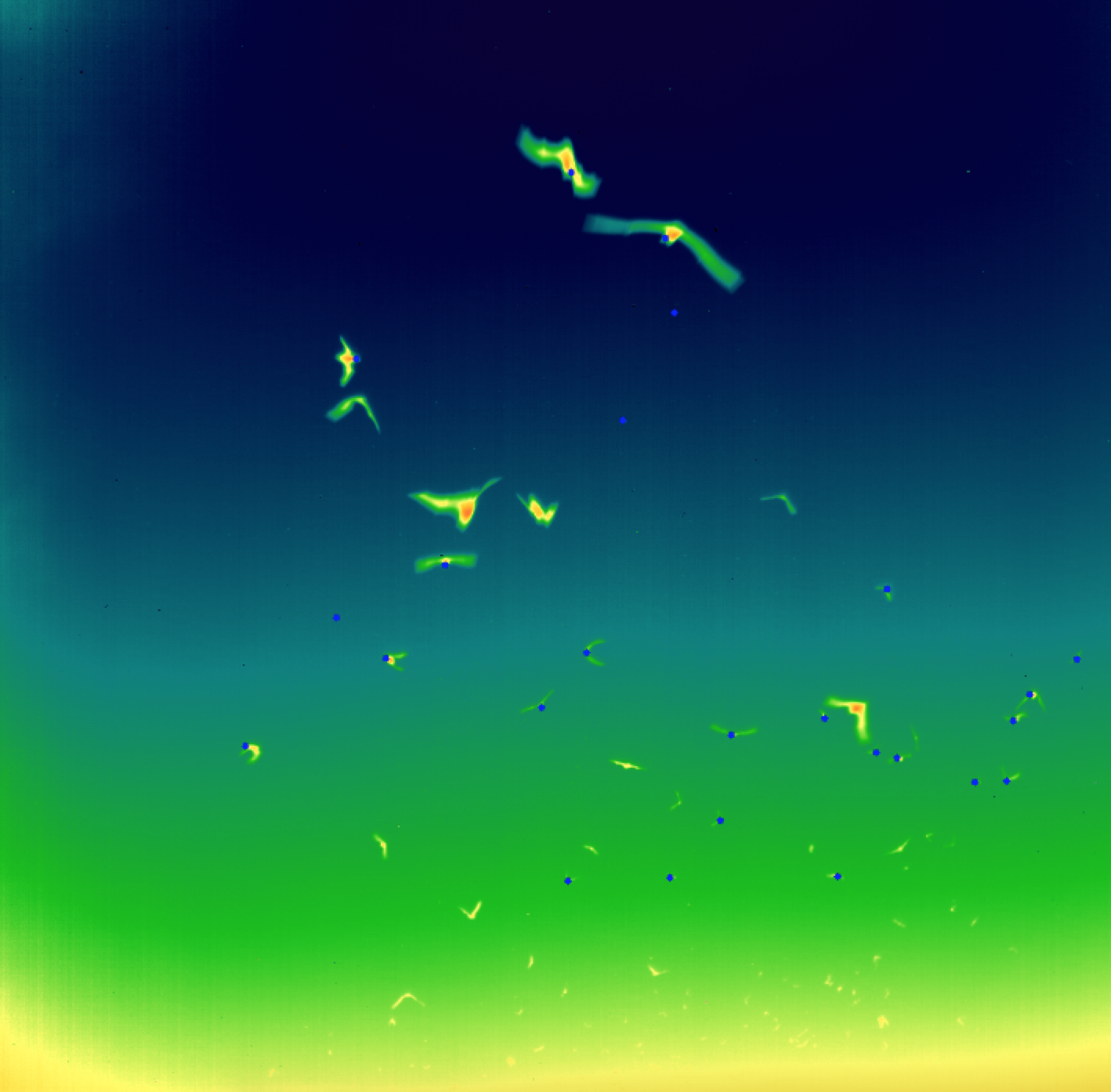
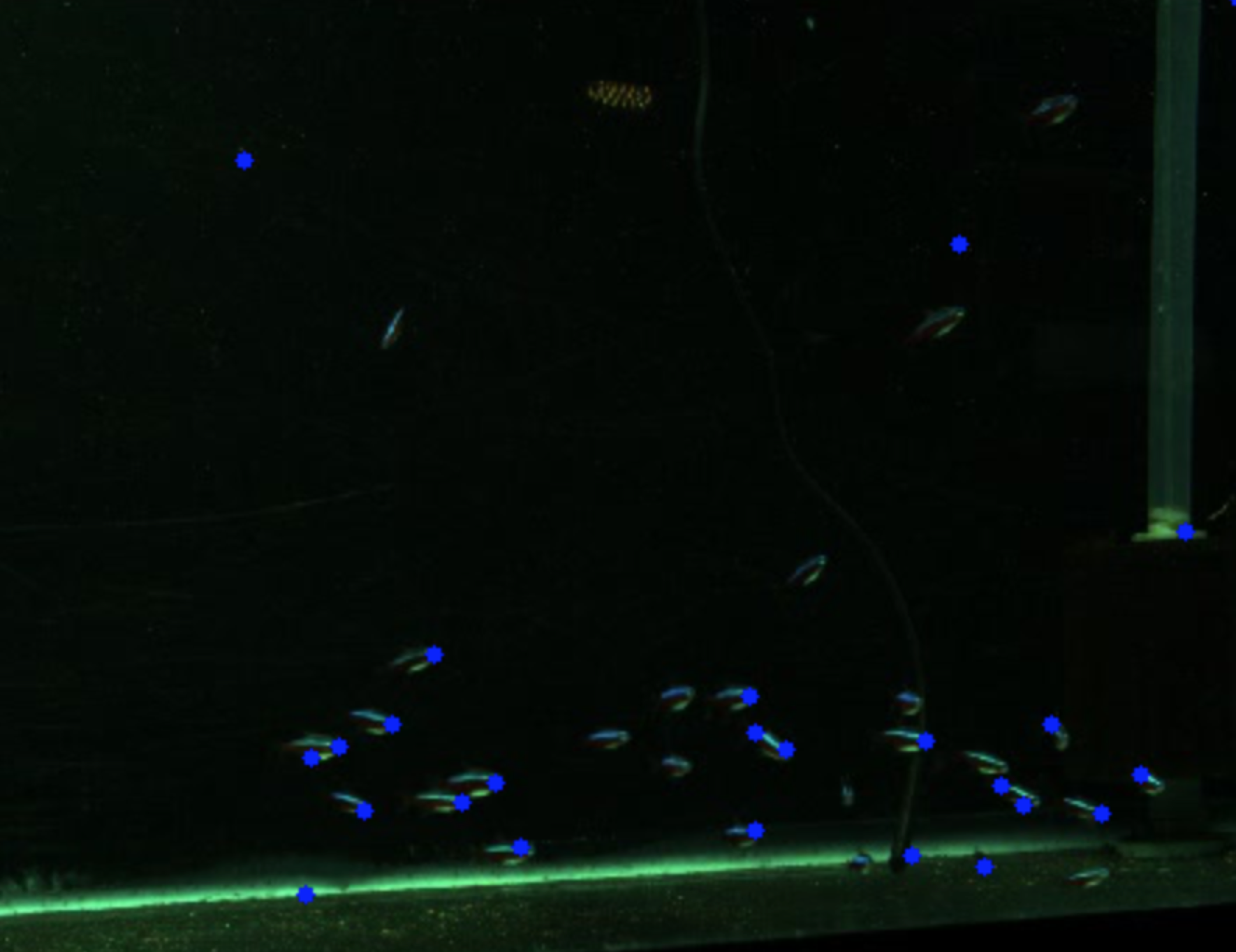
Sparse Optical Flow
In the sparse optical flow method we only use points of interest to be tracked. As in my implementation, I have used
Thomas-Shi corners to track the objects. This is due to the fact that optical flow is a very computational task and we could reduce
the computation and speed up the task by only focusing on tracking the most important objects.
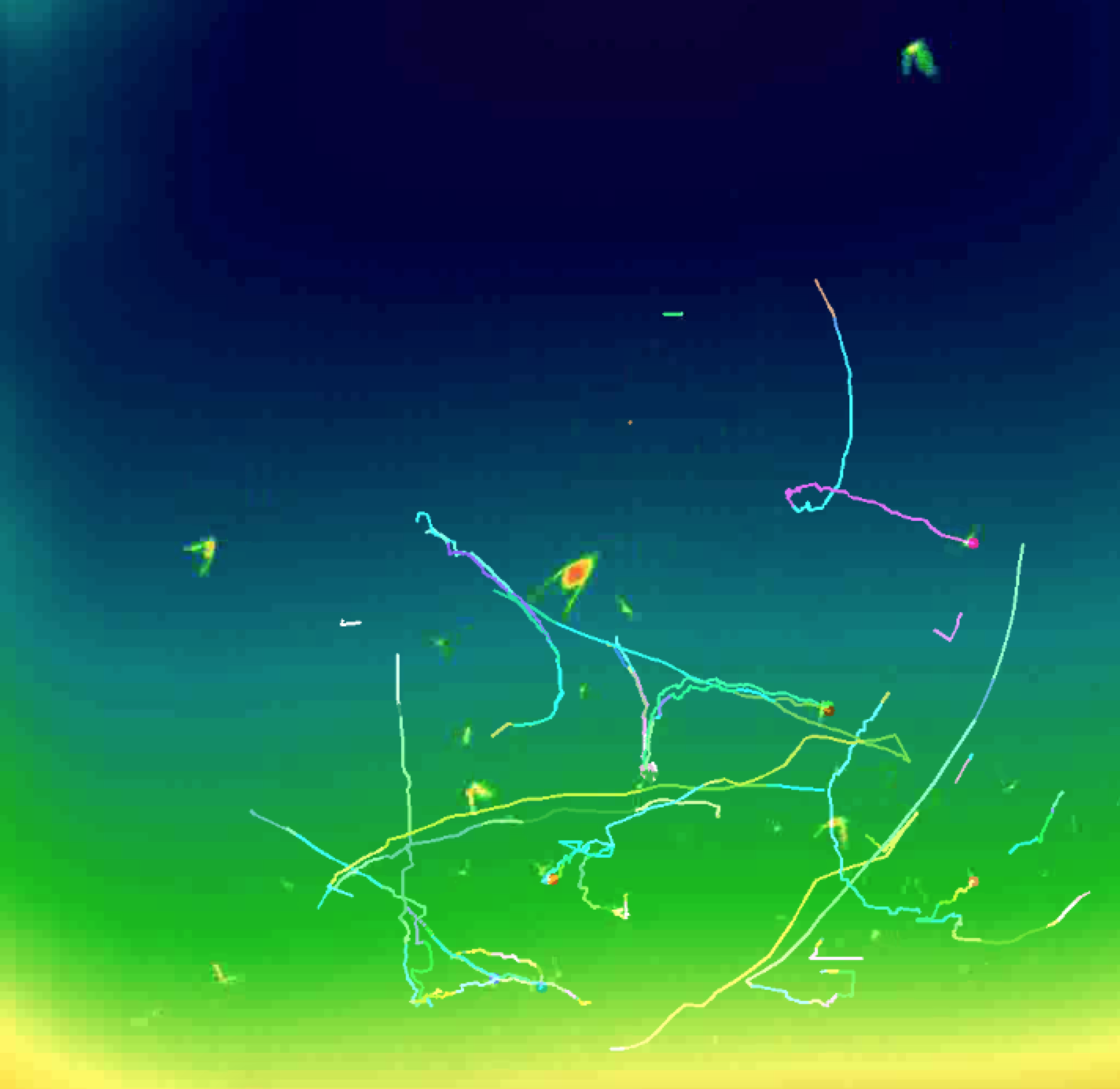
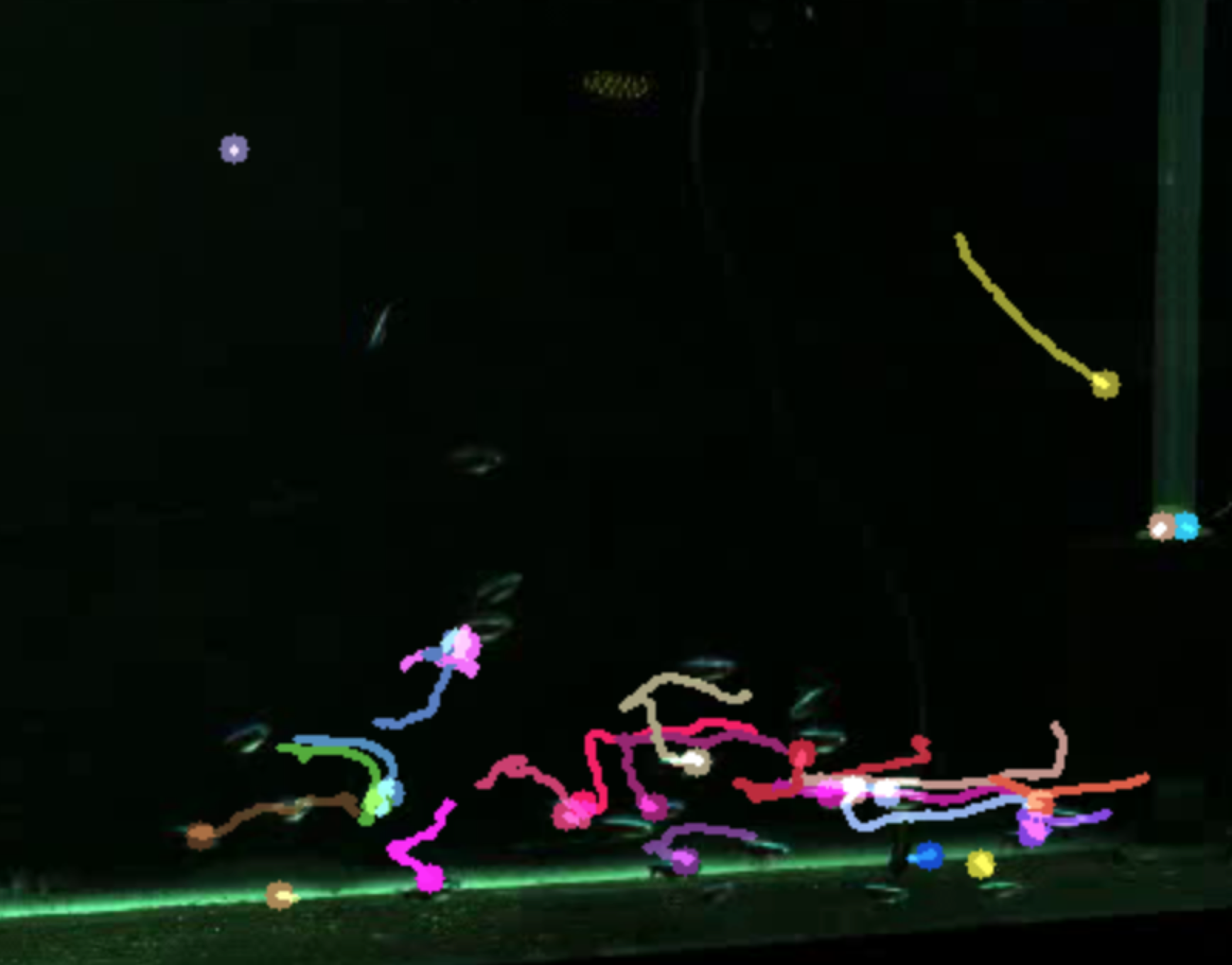
Dense Optical Flow
In dense optical flow, tracking is done for all the points. Dense optical flow is typically way slower and needs to be run
on GPUs for acceleration. However, dense optical flow tends to be more accurate. Gunner Farneback's Optical Flow is a famous method for
computing the dense optical flow. In this part, I have used cv2.calcOpticalFlowFarneback for dense optical flow computation.
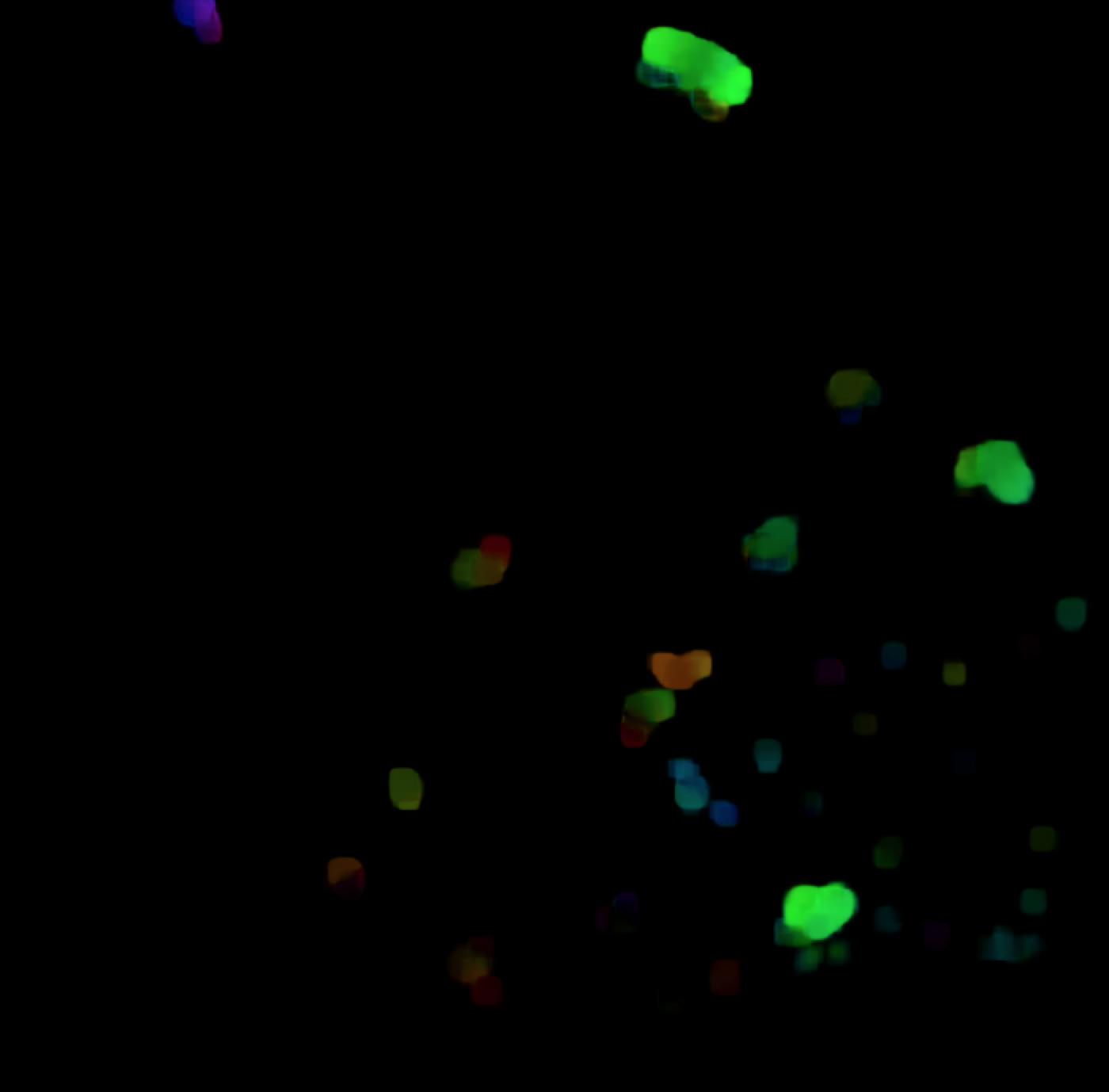
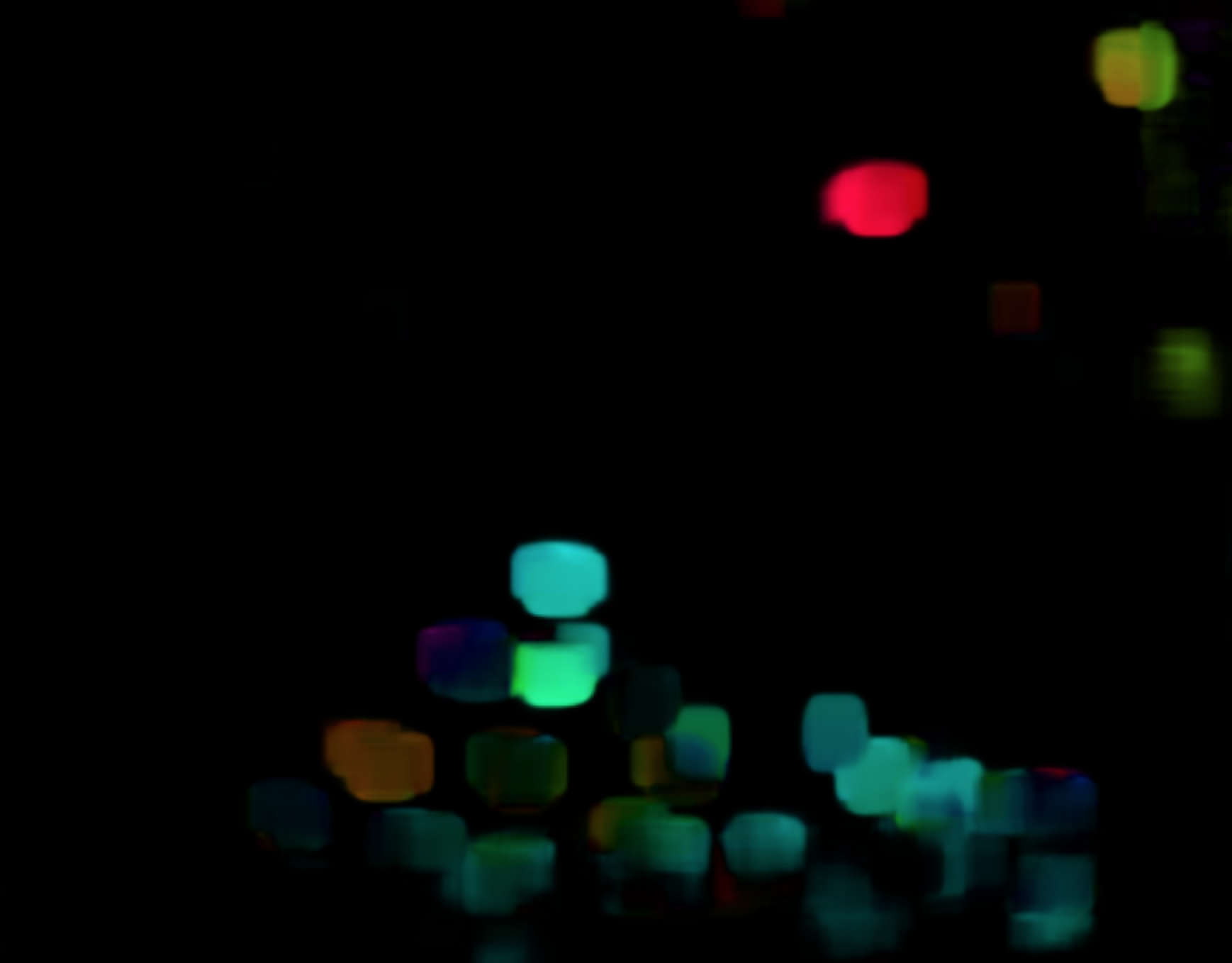
Kalman Filter
Used the formula from the class besides the Hungarian assignment for correcting/updating the tracks. Additionally, used the notion of
skip frame count to remove the track that has not been update in a long time.
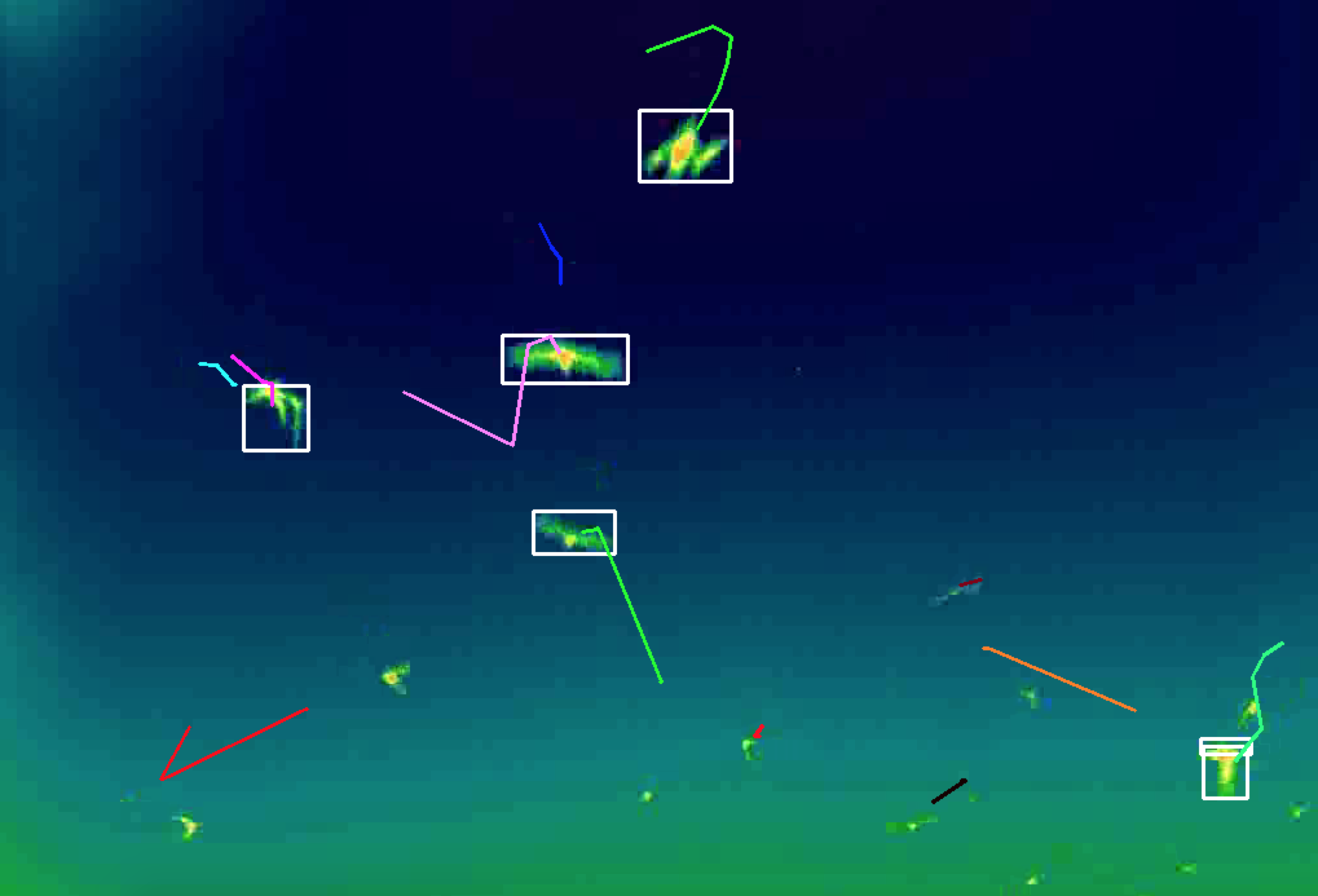
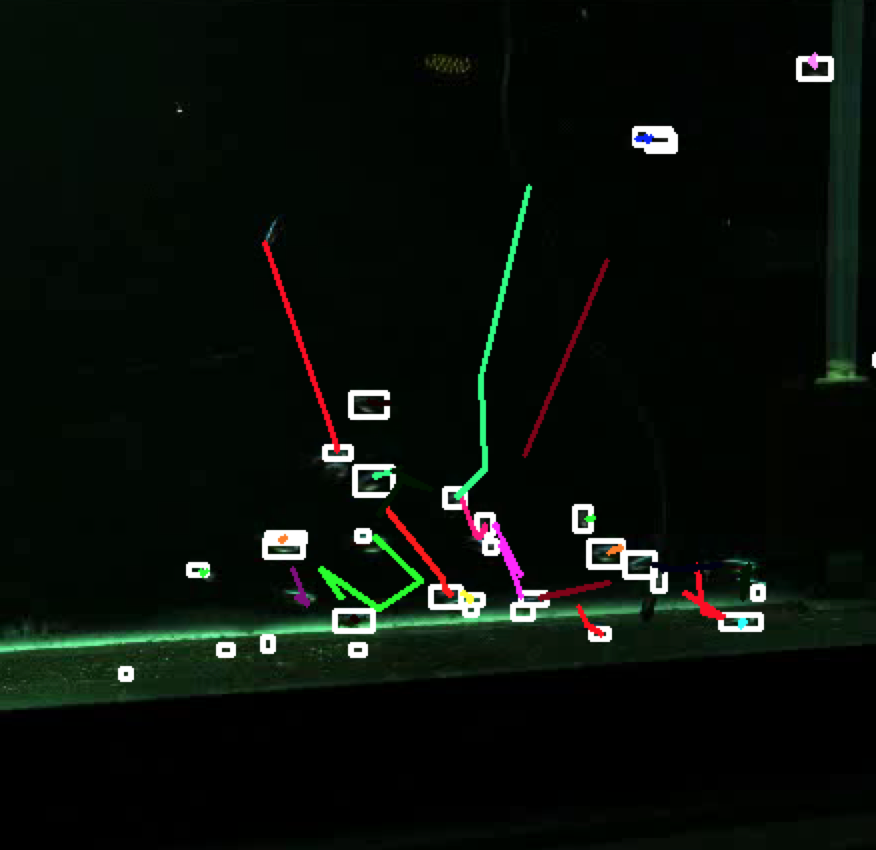
Challenges
- Converting ppm image sequence to video--overcame this problem by updating my ffmpeg to latest version.
- Sudden appearance of objects into the frame while they were not in the first frame. Tracking algorithms are typically very
good at tracking something they saw in the first frame.
- When it comes to dense optical flow, computational complexity matters. Running the Farenback on GPU would be a solution to this problem.
- Detecting which features would be the best for tracking. Are really Thomas-Shi corner points the best ones to track in sparse optical flow?
- Objects occluding each other gets in the way of tracking.
- Switching from C++ to Python for the new assignment and getting myself comfortable with coding in Python for OpenCV in a short period of time.
References
- Basic motion detection and tracking with Python and OpenCV
- Optical Flow
- Object Tracking using OpenCV (C++/Python)
- The Extended Kalman Filter: An Interactive Tutorial for Non-Experts
- Dense Optical Flow Expansion Based On Polynomial Basis Approximation
- Choosing between optical flow algorithms for UAV position change measurement
- Shi-Tomasi Corner Detector & Good Features to Track









